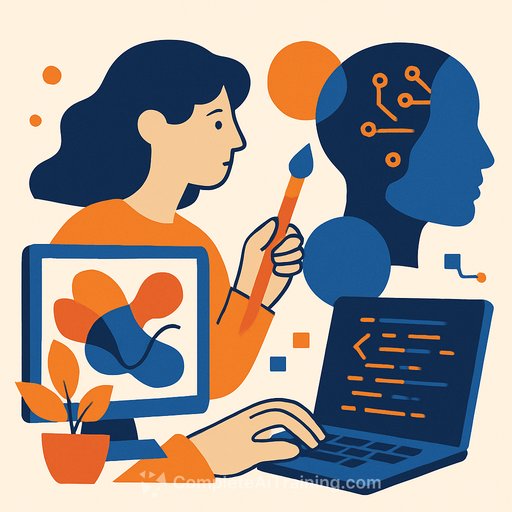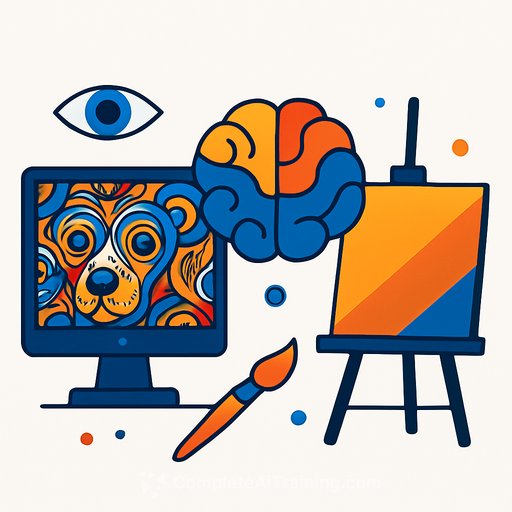Code as Canvas: Creative Graphics in the Age of AI
July 15–August 31, 2025
Organized by the Gwangju Media Art Platform (G.MAP) in collaboration with Art Center Nabi, Code as Canvas: Creative Graphics in the Age of AI features seven artists who treat code as both a visual and conceptual medium. This exhibition moves beyond code’s technical function to explore its role as a language for graphic experimentation, spatial design, and emotional expression within artificial intelligence.
Two Perspectives on Code
The exhibition is divided into two distinct parts. The first, Form as Code, looks at code as a system that shapes rhythm, structure, and typographic syntax. Artists Peter Cho, Bob Faust, Zach Lieberman, and Omid Nemalhabib use gesture-based interaction, generative typography, and algorithmic processes to demonstrate how code organizes visual logic and sensory experience.
The second part, The Poetic Machine, explores how code conveys memory, emotion, and identity. Susan Detroy, Renata Janiszewska, and Karen LaFleur utilize AI, generative algorithms, and digital drawing to engage with themes like femininity, ecological awareness, and cosmic imagination. Their work extends beyond the gallery, appearing on immersive platforms such as G.MAP’s Black Cube and outdoor media façades.
Special Programming and Historical Context
The exhibition includes special programming from MIT Media Lab’s Future Sketches group. This features video archives of live coding performances and creative coding workshops, highlighting how typographic systems become real-time, responsive tools for artistic performance and interaction.
Additionally, a screening of Graphic Means: A History of Graphic Design Production (directed by Briar Levit) provides valuable historical context. The film traces the transition from analog to digital graphic design, situating contemporary code-based practices within a broader design history.
Why This Matters to Creatives
Code as Canvas challenges the idea of code as just a tool for execution. Instead, it positions code as a language of imagination that influences how we perceive, think, and feel in digital environments. For creatives working with digital media, this exhibition offers insight into the possibilities of code as an expressive medium.
Participants
- Peter Cho
- Susan Detroy
- Bob Faust
- Renata Janiszewska
- Karen LaFleur
- Zach Lieberman
- Omid Nemalhabib
- Future Sketches (Lingdong Huang, Rebecca Lin, Jessica Stringham, Vera van de Seyp, Char Stiles)
Curatorial and Organizational Team
- Curated by Honggyun Mok (G.MAP Curator) and Yeohyun Ahn (Guest Curator)
- Coordinated by Yejin Hwang (G.MAP Exhibition Coordinator)
- Directed by Heokyung Kim (G.MAP Director)
- In collaboration with Art Center Nabi
For creatives interested in expanding their skills with AI-driven tools and coding for graphics, consider exploring Complete AI Training’s courses by skill. These resources can help deepen your understanding of generative algorithms, AI art, and interactive design.
Your membership also unlocks:






